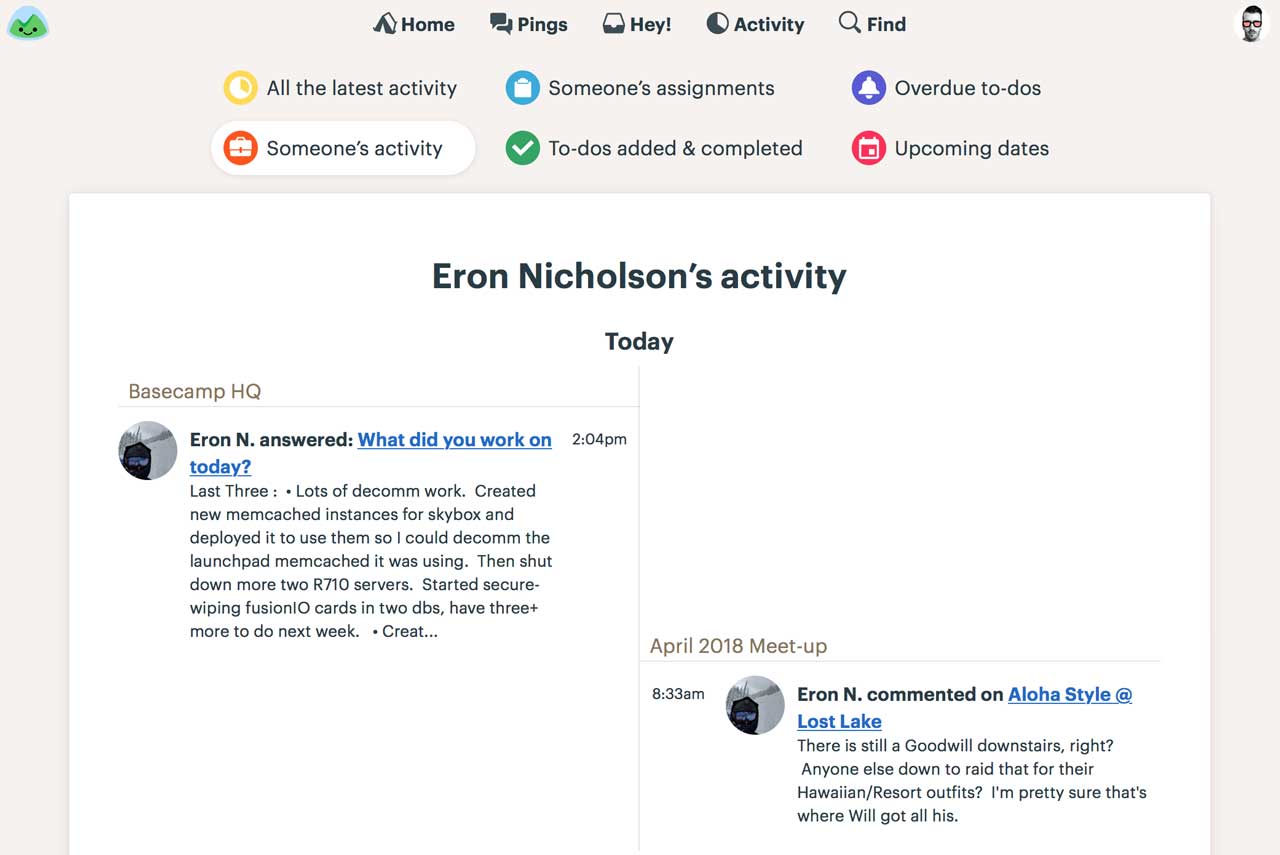

Within those containers, we have many screens where the content is built using UITableView or UICollectionView, we have even more where that role is filled by a WKWebView. The building blocks of our app are composed of UINavigationController, UITabViewController, UISplitViewController, UIViewController, etc.

We’re not using a framework that tries to compile another language to native code, or make a cross-platform app from a single codebase.įor us, it means using Xcode + Swift, and conforming to all the platforms conventions regarding navigation/presentation. We’re not using a framework that attempts to mimic native controls using HTML/CSS. I explicitly say content there because it is an important distinction. In our use, we’re referring to standard native apps where a significant portion of the content is rendered using web technology. That term is used in so many different contexts, that it’s almost meaningless. Defining Hybridįirst, it helps to be clear about what we mean by “hybrid”. For Basecamp 3, we’ve replaced Objective-C with Swift, UIWebView with WKWebView and added Turbolinks, with even more native code, and a deeper integration between native and web.

#Basecamp 3 ios code
Next, we did a new universal app for Basecamp 2, written in Xcode + Objective-C, still a using UIWebView, but with a bit more native code thrown in. The first app for Basecamp 2 app was iPhone only, written in RubyMotion as a thin wrapper around UIWebView. Basecamp 3 represents the latest generation of this architecture, taking everything we’ve learned from previous versions. We’ve written quite a bit in the past about our approach to building hybrid mobile apps.


 0 kommentar(er)
0 kommentar(er)
